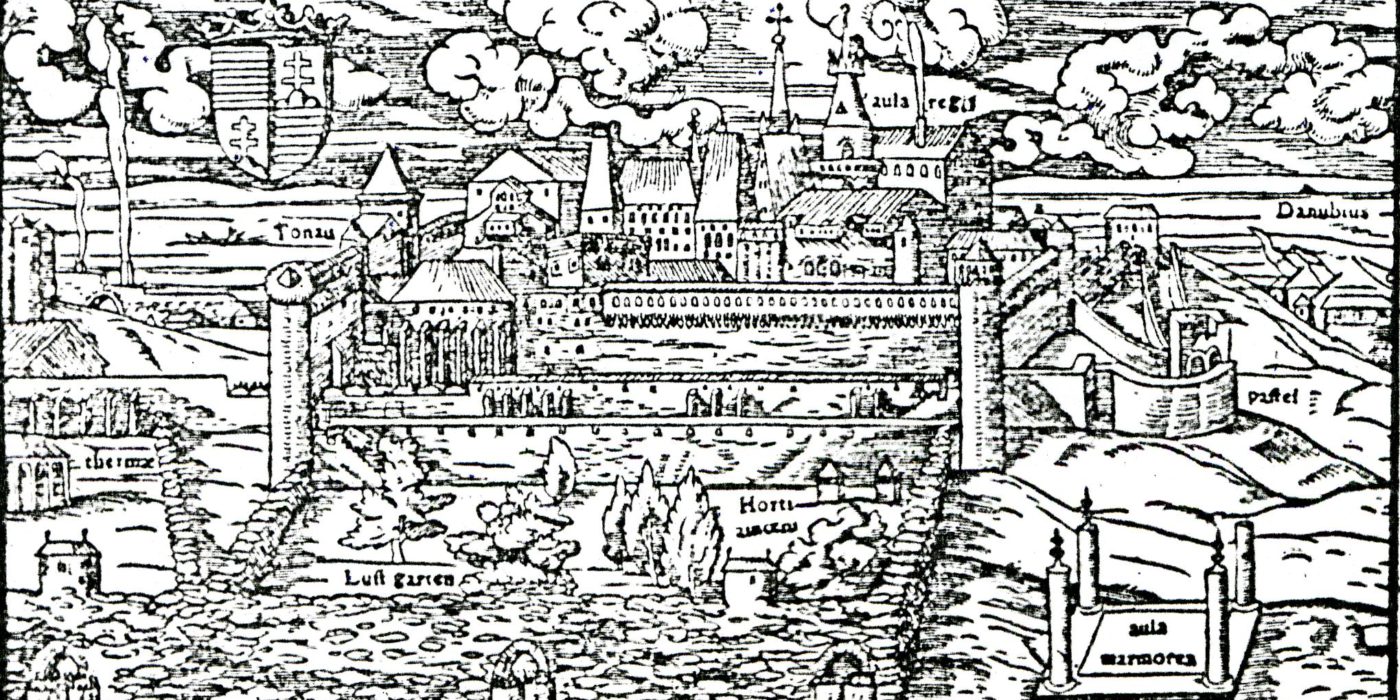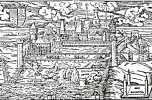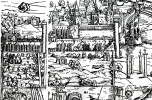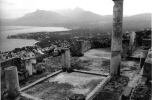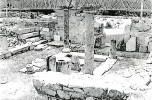Aula Marmorea, a Mysterious Building by King Matthias
Psychohistoric and Hermeneutic Outlines
Text: József Zelnik
King Matthias of Hungary was a contemporary of Hieronymus Bosch. They were influenced by similar cultural trends, and both of them had access to the most important information of the world then. Both may have been deeply shocked by the challenge that concerned the Christian faith during the Renaissance in the form of the re-discovered paganism. This peculiar building that had stood along the side of the royal palace next to the garden, of which only a column has come down to us, may have been a built document of the Hungarian king’s desire and ambition for freedom to become independent of Rome. When fires were lit in the candelabrums formed by huge granite columns standing on the corners of the marble „chessboard”, their light spread afar from the sides of the Buda castle, metaphorically into antiquity and even beyond. They heralded that the idea of quaternity had not died, it was present with a bright radience here, as if a challenge, in the garden of one of the greatest Christian kings of Europe.
